Scaling Scrum Across Modern Enterprises. Implement Scrum and Lean-Agile techniques across complex products, portfolios, and programs in large organizations Cecil 'Gary' Rupp, Manjit Singh
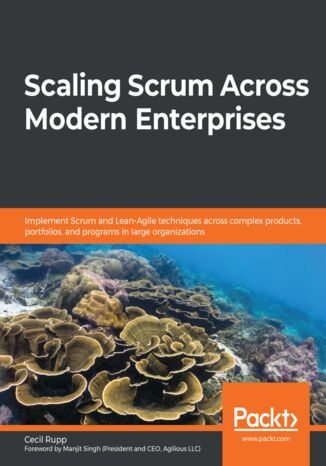



- Autorzy:
- Cecil 'Gary' Rupp, Manjit Singh
- Wydawnictwo:
- Packt Publishing
- Ocena:
- Stron:
- 618
- Dostępne formaty:
-
PDFePubMobi
Opis
książki
:
Scaling Scrum Across Modern Enterprises. Implement Scrum and Lean-Agile techniques across complex products, portfolios, and programs in large organizations
You'll start with an introduction to Scrum as a lightweight software development framework and then explore common approaches to scaling it for more complex development scenarios. The book will then guide you through systems theory, lean development, and the application of holistic thinking to more complex software and system development activities. Throughout, you'll learn how to support multiple teams working in collaboration to develop large and complex products and explore how to manage cross-team integration, dependency, and synchronization issues. Later, you'll learn how to improve enterprise operational efficiency across value creation and value delivery activities, before discovering how to align product portfolio investments with corporate strategies.
By the end of this Scrum book, you and your product teams will be able to get the most value out of Agile at scale, even in complex cyber-physical system development environments.
Wybrane bestsellery
Packt Publishing - inne książki
Dzięki opcji "Druk na żądanie" do sprzedaży wracają tytuły Grupy Helion, które cieszyły sie dużym zainteresowaniem, a których nakład został wyprzedany.
Dla naszych Czytelników wydrukowaliśmy dodatkową pulę egzemplarzy w technice druku cyfrowego.
Co powinieneś wiedzieć o usłudze "Druk na żądanie":
- usługa obejmuje tylko widoczną poniżej listę tytułów, którą na bieżąco aktualizujemy;
- cena książki może być wyższa od początkowej ceny detalicznej, co jest spowodowane kosztami druku cyfrowego (wyższymi niż koszty tradycyjnego druku offsetowego). Obowiązująca cena jest zawsze podawana na stronie WWW książki;
- zawartość książki wraz z dodatkami (płyta CD, DVD) odpowiada jej pierwotnemu wydaniu i jest w pełni komplementarna;
- usługa nie obejmuje książek w kolorze.
Masz pytanie o konkretny tytuł? Napisz do nas: sklep@helion.pl
Książka drukowana



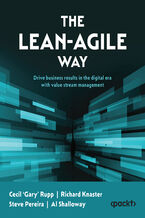

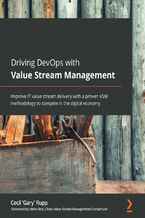

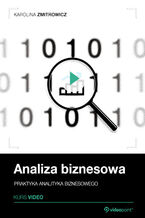

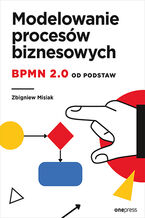
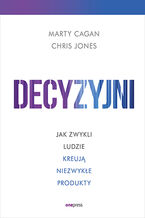
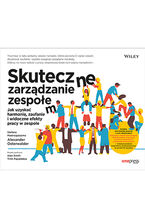
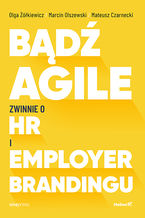
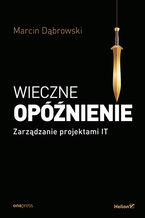

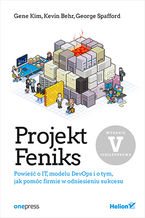
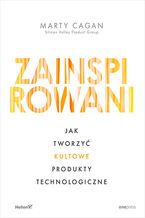







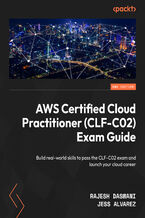

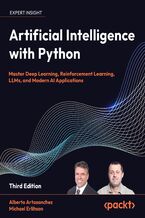
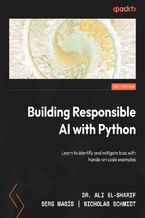
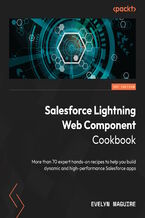
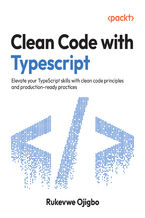
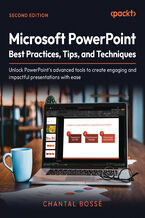
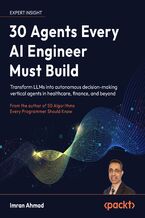



Oceny i opinie klientów: Scaling Scrum Across Modern Enterprises. Implement Scrum and Lean-Agile techniques across complex products, portfolios, and programs in large organizations Cecil 'Gary' Rupp, Manjit Singh
(0)